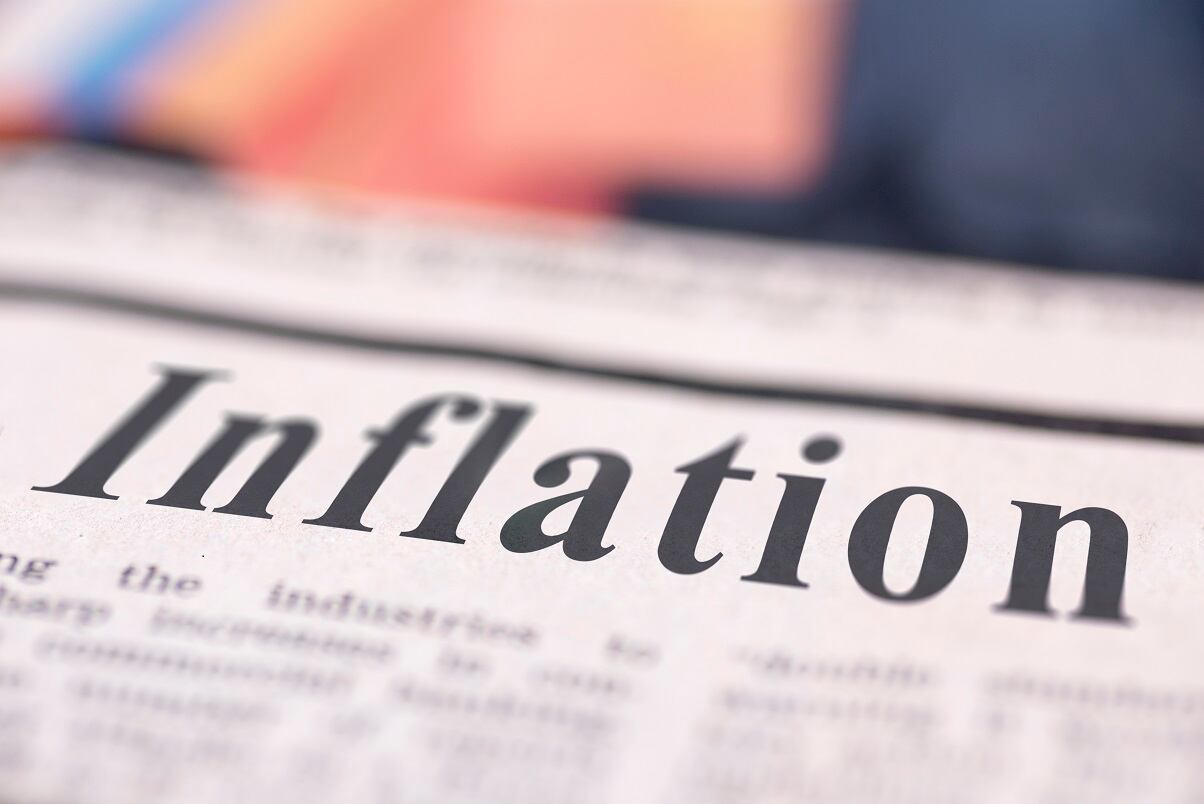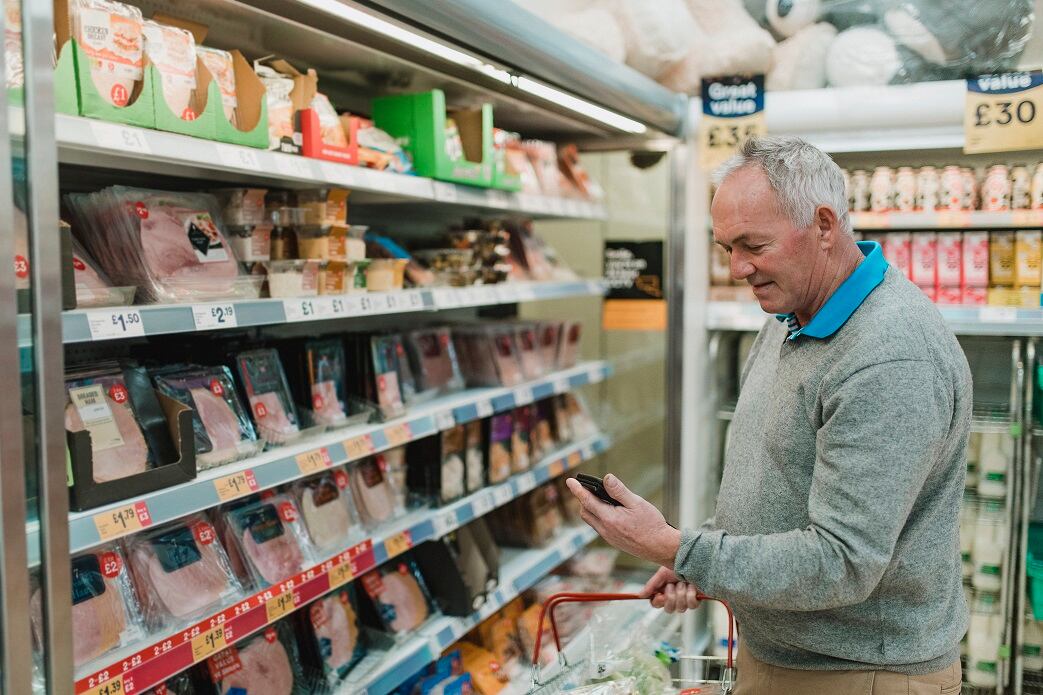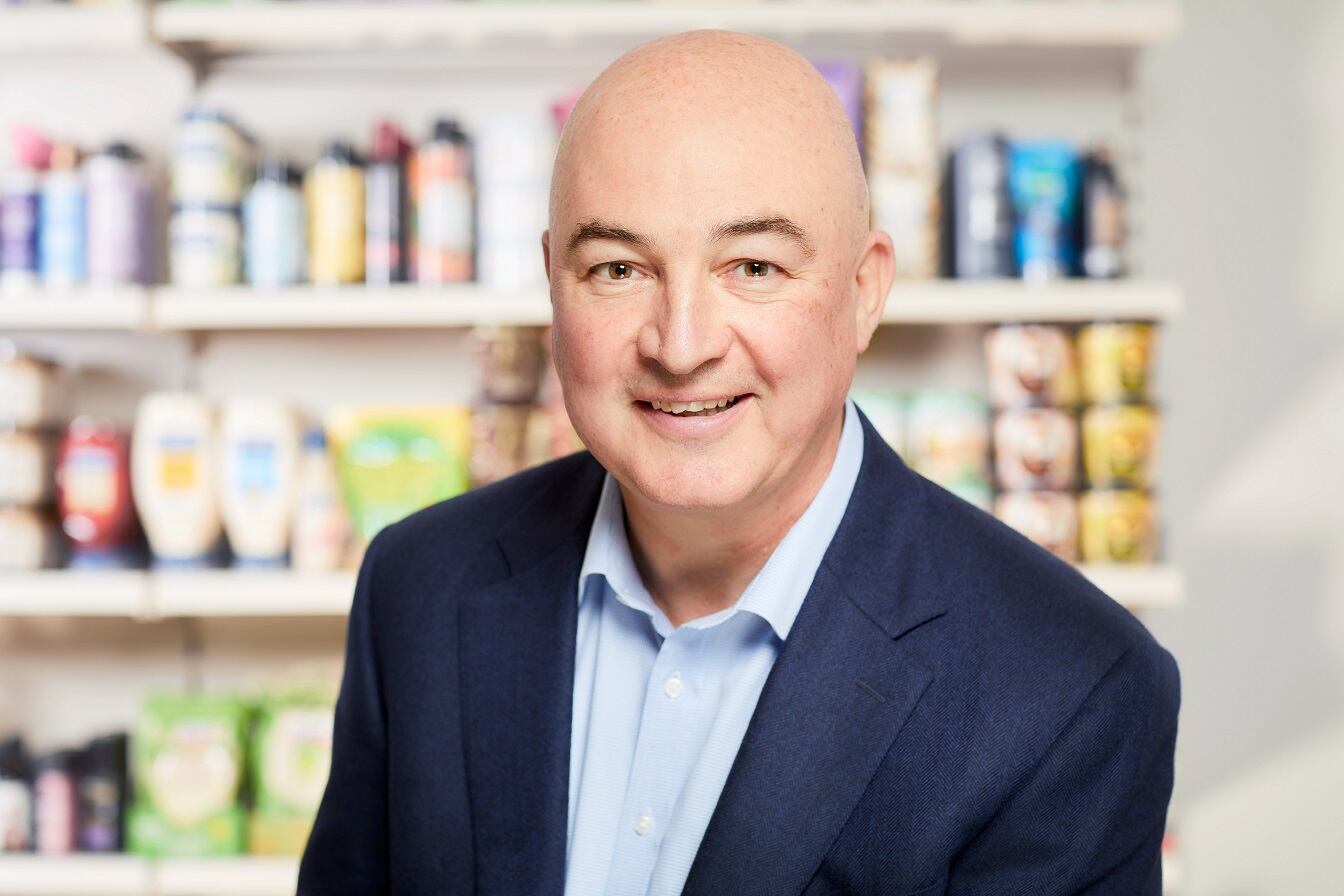That's based on advice published today by data and market analysis firm IRI.
Describing the current economic uncertainty as an ‘imperfect inflation’, IRI's paper Beyond the Headlines: A different mindset for a different inflation highlights a major convergence of several demand and supply factors, including rising commodity and energy prices and supply chain disruptions.
With consumer confidence falling, continued fears about COVID-19, and concerns over a widening gap between rich and poor, the industry needed to go beyond established revenue and price management principles, IRI claimed.
'Choppy macroeconomic waters'
“The outlook for this year suggests we are sailing into choppy macroeconomic waters,” Ananda Roy, senior vice-president, strategic growth insights, IRI International. “Looking at past inflationary events, we begin to understand how sustained inflation can affect consumer choices depending on income and based on price sensitivity and perceived value.
"In response, manufacturers and retailers have tended to respond by applying well-established revenue management principles. But with people evaluating where they shop, how much and how often they buy and consume, and whether to uptrade, defer a purchase or even to leave a category altogether, brands and retailers need to better understand these changing needs.”
IRI insights on the current inflationary climate
IRI analysed 40 FMCG brands that had successfully mitigated past inflations to show manufacturers how they could be more resilient within their categories.
1. Target consumers with greater precision
High performing brands think of inflation as an opportunity because consumers are actively re-evaluating their consumption habits and relationship with brands. They invest in understanding changing needs and behaviours that are likely to shift demand and offer growth opportunities. They also re-align their marketing portfolio, pricing, distribution, revenue management, and brand mix to ensure they are in the right markets with the right product at the right price.
2. Behave counter-intuitively
They ‘invest in the trough’ by adapting in the short term, but staying consistent in the long term. This may include counter-intuitive behaviour like reducing innovations and investing that marketing budget in trade promotions (while phasing innovation for recovery) and partnering with other businesses and rivals on transportation and distribution to cut costs. In addition, they never compromise on quality, trust, ethics and sustainability goals.
3. All brands are equally vulnerable
High performing brands recognise that premium, mainstream and own-label are all equally vulnerable to the effects of inflation and recession. This includes price increases due to unpredictable factors, threat of price wars, consumer up- or down-trading, and lack of availability in the right stores.
'Squeezed middle'
IRI also argued large manufacturers and private labels were more able to mitigate the effects of inflation than the 'squeezed middle' (mid-sized and smaller manufacturers and retailers), which faces margin erosion, sales value declines and the threat of price wars.
Non-food suppliers were more resilient than food suppliers, as they had learned from a challenging pandemic, optimising their portfolio and range assortment, carrying lower stock levels and reducing innovation. Food categories could learn from this experience, IRI claimed.
IRI’s analysis incorporates results of a survey of 3,000 consumers in 12 countries, including the US and the UK, which reveals a gap between optimism and reality. More than nine out of ten respondents said they expected the price of goods and services to go up, 7% expected prices to go down and more than two-thirds felt they would be 'significantly or somewhat better off' over the next six months.
'Sticker shock'
According to IRI, shoppers are less likely to react to marginal price increases and more likely to react to ‘sticker shock’, such as big price hikes at the forecourt or rising energy bills. This reflects the gap between headline inflation rates and forecasts and actual changes in consumer purchase and consumption behaviour.
“Shoppers in-store may be too embarrassed to return items once they get to the till and discover they have spent too much, but will change their behaviour next time, either buying less, looking for deals, or switching to another retailer," Roy added. "With more of us shopping online, it’s easier to manage spending and make adjustments in order to stay within budget without embarrassment.”




